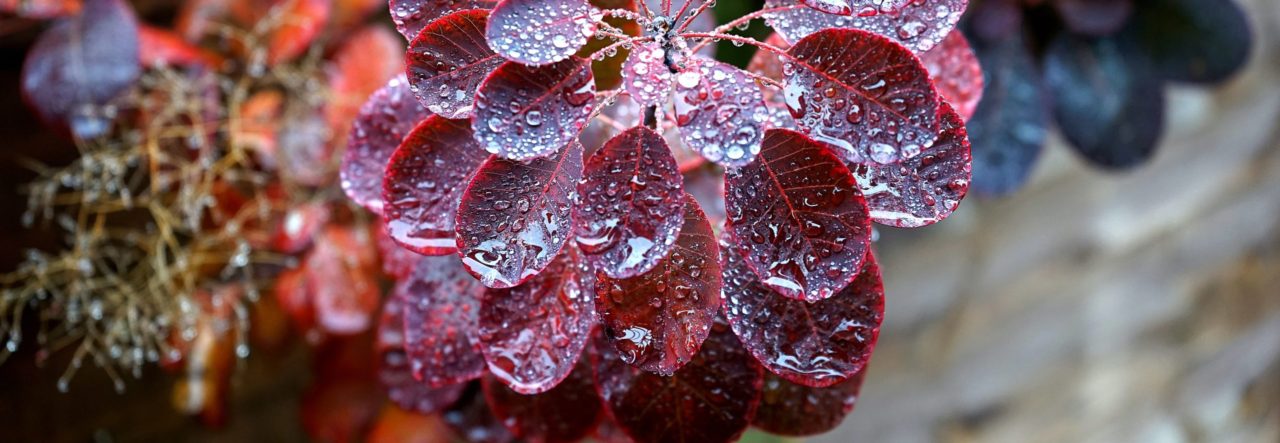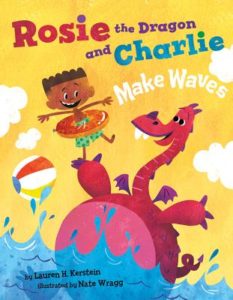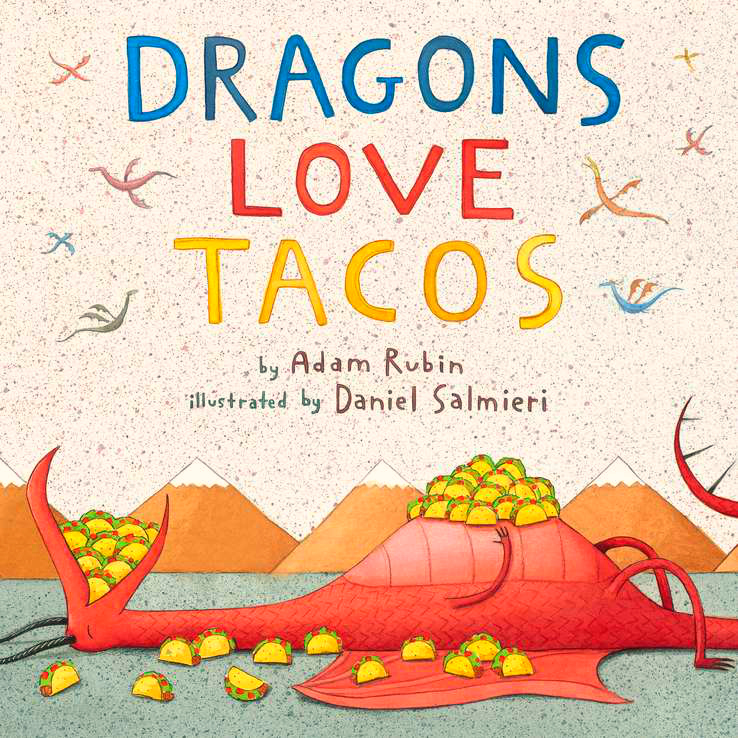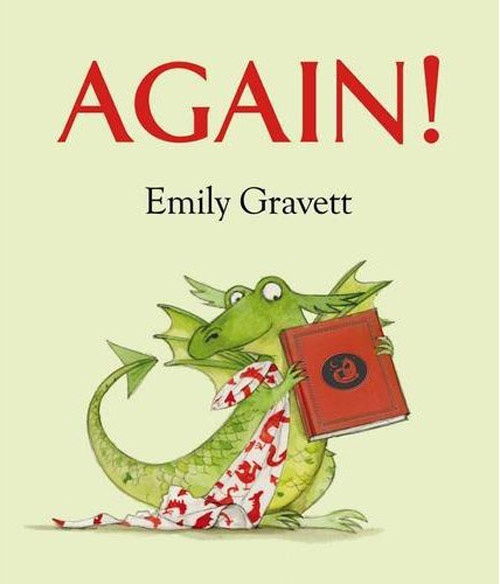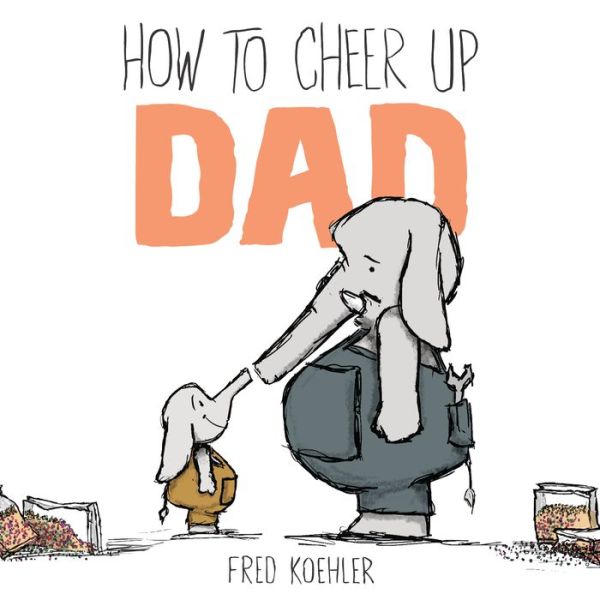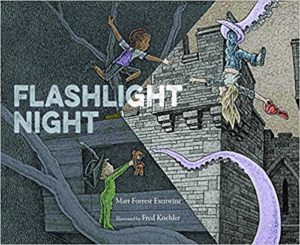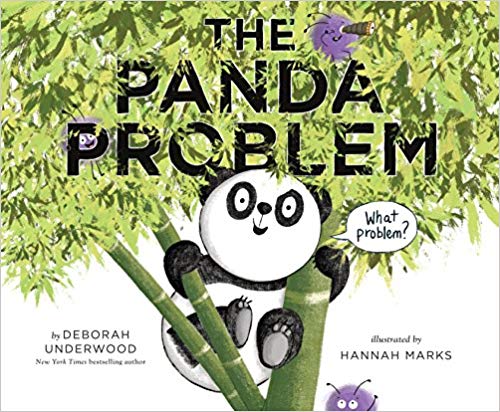
Meet Karen Nagel, Executive Editor at Aladdin Books/Simon & Schuster. Prior to joining their team in 2011, she was a Senior Editor at Blue Apple Books (2008–2011) and Senior Editor at HarperCollins (2005–2008). But that’s the sort of bio stuff you hear about when you’re in a job interview, right? At OPB, we do more. We go deeper. We come at things from a different angle.
With that in mind, let’s uncover the REAL 411 about Karen via Six Awesome Karen Facts:
- Has had the same best friends since age 7.
- Did follow spots for an off-off-off Broadway production of Sam Shepard’s ‘Tooth of Crime.’
- Bicycled through Europe at 16 with American Youth Hostel.
- Has no appendix or tonsils.
- Loves laughing.
- Enjoys yoga.
And for those who DO yearn for traditional bios, let’s share that too.
“Karen Nagel has had the great good fortune of a career in children’s book publishing. From #1 New York Times, USA Today, and Publishers Weekly bestselling books to Coretta Scott King and Society of Illustrator award winners, she has worked with many of industry’s most noteworthy authors and artists.
Today she is the Executive Editor at Simon & Schuster’s Aladdin Books, where she not only has continued to work on bestselling books, but perhaps more significantly has conceived and created new formats for emerging–and reluctant–young readers, planting the seeds for a lifelong love of books. A graduate of New York University, she’s a true believer in the transformative and transcendent power of the arts, the ocean, friendship, family, peace, and love.”
BOOM! Now that we’ve laid the groundwork here for a beautiful, well-informed relationship, let’s plunge into the interview.
Here we go!
Aladdin Books website: http://simonandschusterpublishing.com/aladdin/
LinkedIn: https://www.linkedin.com/in/karen-nagel-7a5aa115/
 RVC: Let’s start with a question I’ve never asked an editor before. In 2017, you acquired world rights for Fox & Friends co-host Ainsley Earhardt’s debut picture book, Take Heart, My Child: A Mother’s Dream. How are things different when working with a celebrity author?
RVC: Let’s start with a question I’ve never asked an editor before. In 2017, you acquired world rights for Fox & Friends co-host Ainsley Earhardt’s debut picture book, Take Heart, My Child: A Mother’s Dream. How are things different when working with a celebrity author?
KN: It might be easier for a celebrity author to promote and sell books as they have, for the most part, a built-in audience and platform. But celebrity or not, it’s the personal connection I want to establish from the get-go and the relationship we develop along the book-creating process that is most important and impactful to me and to the story itself. The notable personalities I have the pleasure of working with have been terrific, as I think we at Aladdin do a wonderful job of reflecting what’s in their heart(s).
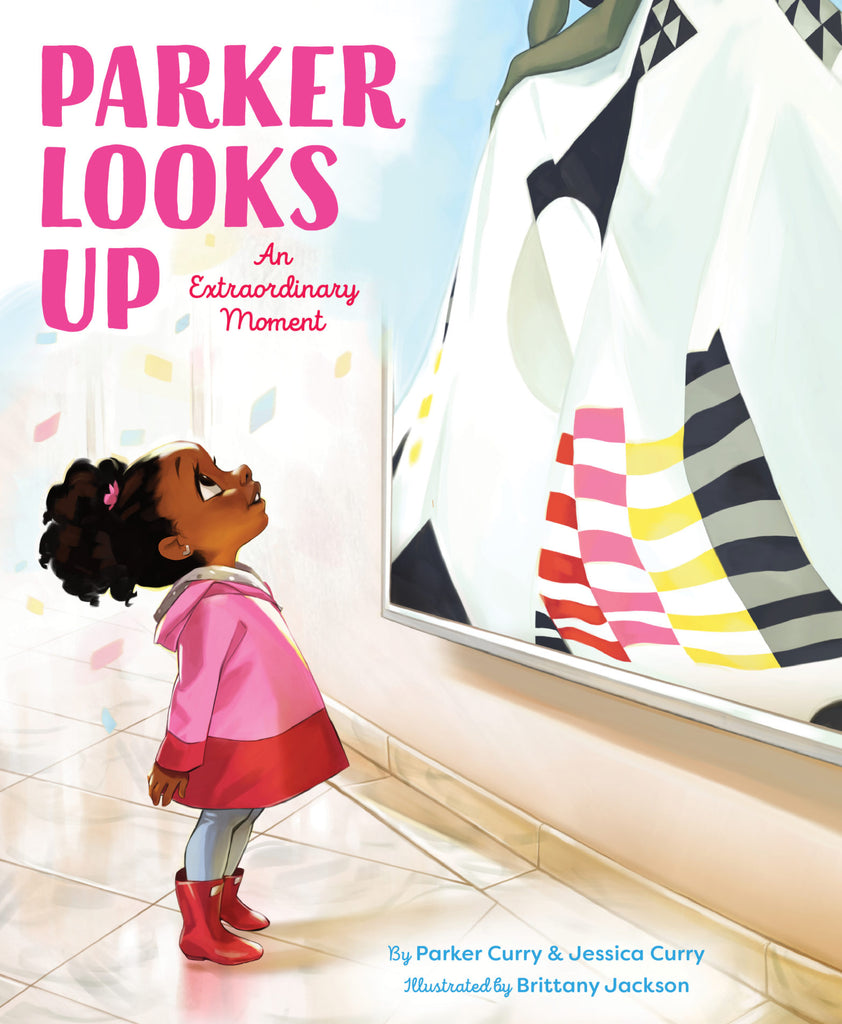 RVC: What about the other celebrity book you’ve recently acquired, Parker Looks Up: An Extraordinary Moment, written by four-year-old Parker Curry and her mother, Jessica ?
RVC: What about the other celebrity book you’ve recently acquired, Parker Looks Up: An Extraordinary Moment, written by four-year-old Parker Curry and her mother, Jessica ?
KN: This has been a dream come true for Jessica and Parker, and to capture their experience on that historical and unforgettable day, has been a labor of love on our part.
I sure wouldn’t want to disappoint a four-year-old, would you?
RVC: Great point! In a Forbes.com article about Parker Looks Up, you said, “Does anyone ever know the moment that will forever change their lives?” Got a moment like that in your own life you’d like to share? Maybe the one that sent you down the path of kidlit publishing?
KN: Books from my aunt: Charlotte’s Web; Hello, Mrs. Piggle-Wiggle; The Little Prince.
RVC: What’s the best non-traditional training you’ve had that helped prepare you for your career as an editor?
KN: Summer sleep-away camp. I’m not kidding.
RVC: Makes sense to me (I learned all too much at sleep-away camps!). Now some might not know this, but you’re an author, too. How did your own book, Two Crazy Pigs, come about?
KN: My older son came home from camp (see, it’s camp again) one day, singing a silly made-up song: We are two crazy pigs…and I was inspired! What would happen on a farm with two out-of-control piggys?
RVC: Do you have a sequel or another book in the works?
KN: I have a TCP sequel, and am just looking for the time to finish it…
RVC: I totally understand that–so many projects, so little time. Now let’s tackle a writer-pleasing question. What’s “out” in the world of picture books? What’s yesterday’s news? What’s the equivalent of parachute pants, which we all love via the nostalgia sheen of memory, but we honestly don’t need to see again in real-life anytime soon?
KN: Everything is cyclical, to my mind. And it seems short-sighted to me to pigeonhole an idea as yesterday’s news…
RVC: Fair enough. One a scale of 1 to 11,000, how important is it that an aspiring author have a platform and/or a viable, robust marketing plan?
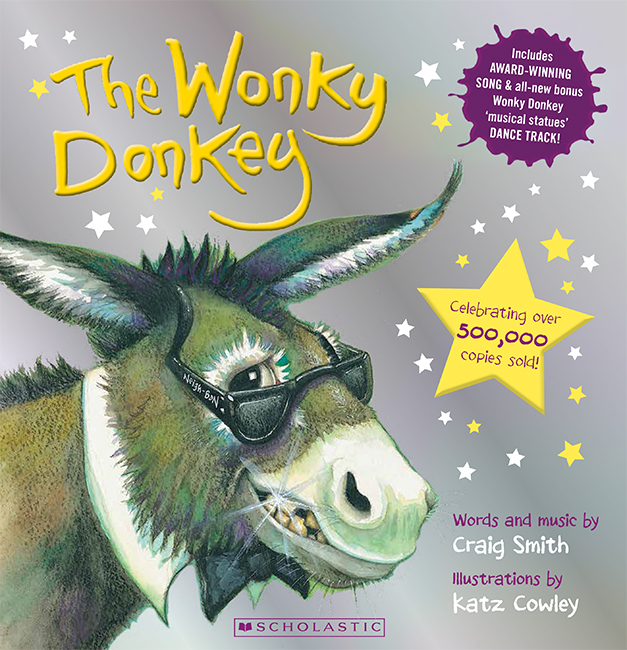 KN: These days, 9,000. But then there’s the Scottish Grandma reading The Wonky Donkey, and I doubt she was officially part of any type of platform or robust marketing plan.
KN: These days, 9,000. But then there’s the Scottish Grandma reading The Wonky Donkey, and I doubt she was officially part of any type of platform or robust marketing plan.
RVC: If I could give you a bullhorn powerful enough to reach the ears of every single picture book author on the planet, but it only had enough juice to work for one sentence, what’s the one thing you’d tell them all?
KN: Revise, revise, revise, and remember to listen to and then speak from your real heart.
RVC: Without further ado, hubbub, or hullabaloo, it’s time for … THE SPEED ROUND! Shockingly fast Qs followed by lickety-split As. Ready?
KN: Ready!
RVC: HERE WE GO! Game of Thrones—great TV series or the greatest TV series?
KN: Great TV series.
RVC: Which cryptid would make the coolest pet—Sasquatch, Loch Ness Monster, or Chupacabra?
KN: Sasquatch.
RVC: “If I were still in book editing but NOT in the world of kidlit, I’d be editing ________.”
RVC: Favorite non-Aladdin picture book from 2018?
KN: All Are Welcome by Alexandra Penfold and Suzanne Kaufman.
RVC: What Aladdin picture books coming out later this year are you most excited about?
 KN: Superbuns! By Diane Kredensor. The Presidents: Portraits of History by Leah Tinari. Parker Looks Up by Parker Curry and Jessica Curry. Amy Wu and the Perfect Bao by Kat Zhang.
KN: Superbuns! By Diane Kredensor. The Presidents: Portraits of History by Leah Tinari. Parker Looks Up by Parker Curry and Jessica Curry. Amy Wu and the Perfect Bao by Kat Zhang.
RVC: What’s the three-item checklist for your dream picture book manuscript?
KN: Well-written; funny; out-of-the-box.
RVC: Thanks a bunch, Karen. It’s been a pleasure helping the Only Picture Book family get to know you better.

